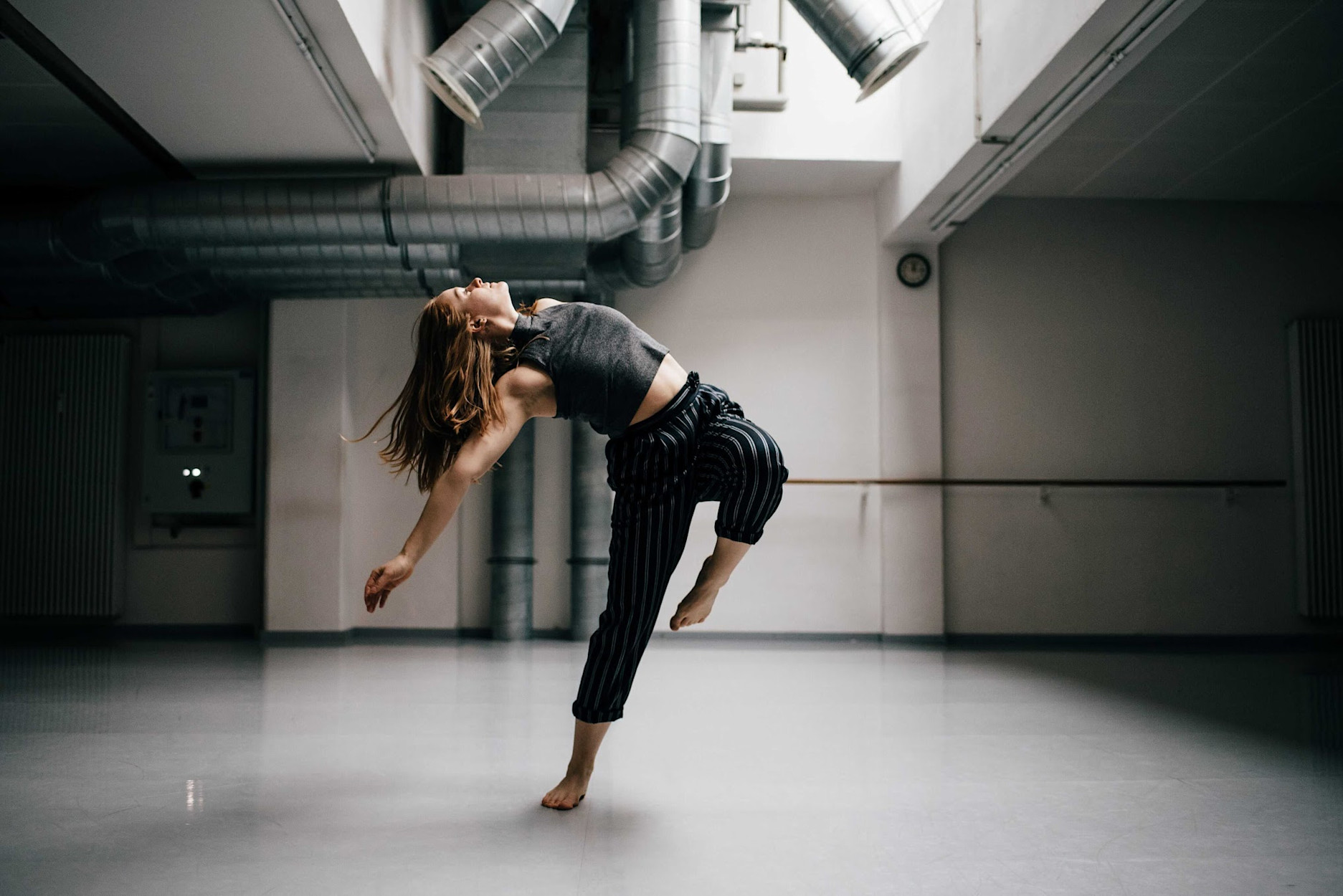Partnerships
#EyeEmAwards18: Introducing The Portraitist - A Partnership with Google Pixel 2
By Marili Persson - 7 min read
The Portraitist, presented by Google Pixel 2, is all about bringing a subject’s expressions to life in a single snapshot. We chatted with Product Manager Isaac Reynolds about the Pixel Camera, and what he thinks makes a great portrait.
We create portraits because we want to say something about a person and make a connection. The best portraits bring a subject’s expressions to life in a single snapshot, capturing their most authentic mood and emotion.
As a brand that allows you to discover a better way to capture, store, and see the world, we’re excited that Google Pixel has partnered with us to present our EyeEm Awards category: The Portraitist. It doesn’t matter whether you’re shooting a tight head shot or an environmental portrait; this category is all about the subject.

By Google LLC
Google Pixel 2 is a beautifully designed Android smartphone, that brings the best of Google hardware, software and AI together to create a phone that is smart yet simple and safe. After the first Google Pixel had a successful launch in 2016, Google has upped its standards once again with the Google Pixel 2. It’s one of the fastest phones around with a top camera, unlimited storage and fast-charging battery. The Pixel 2 is already regarded as having one of the best smartphone cameras on the market, with its 12.2-megapixel snapper getting some stunning results.
It’s not the camera hardware itself, the lens and imaging sensor, that takes credit for this, but rather Google’s software and processing. With machine learning algorithms along with the advanced HDR+ mode, the Pixel 2 produces beautiful pictures. Isaac Reynolds, product manager for the camera in the Pixel 2, guides us through the device.

By Ulrich Schaarschmidt/Google LLC
What’s your relationship to photography?
It’s a passion for me. Photography enhances everything I do: whether it’s something simple like going hiking, or heading to the zoo, or traveling through national parks in the US like Grand Canyon and Zion, having a camera with me and thinking like a photographer makes every experience more creative and beautiful. Photography makes me engage with the world around me actively, where without the camera I’m just passively consuming. Photography for me makes everything more rewarding.
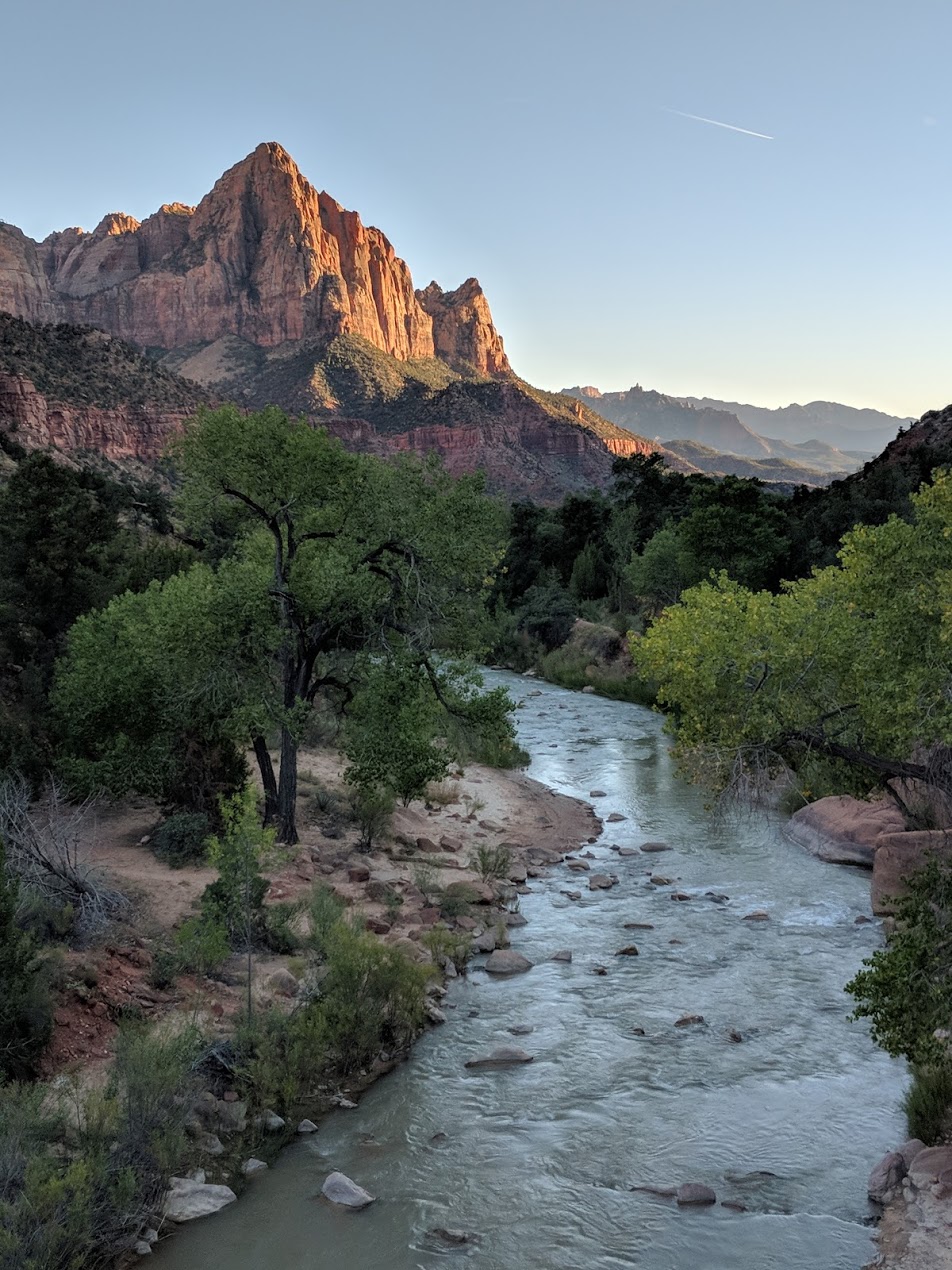
By Google LLC
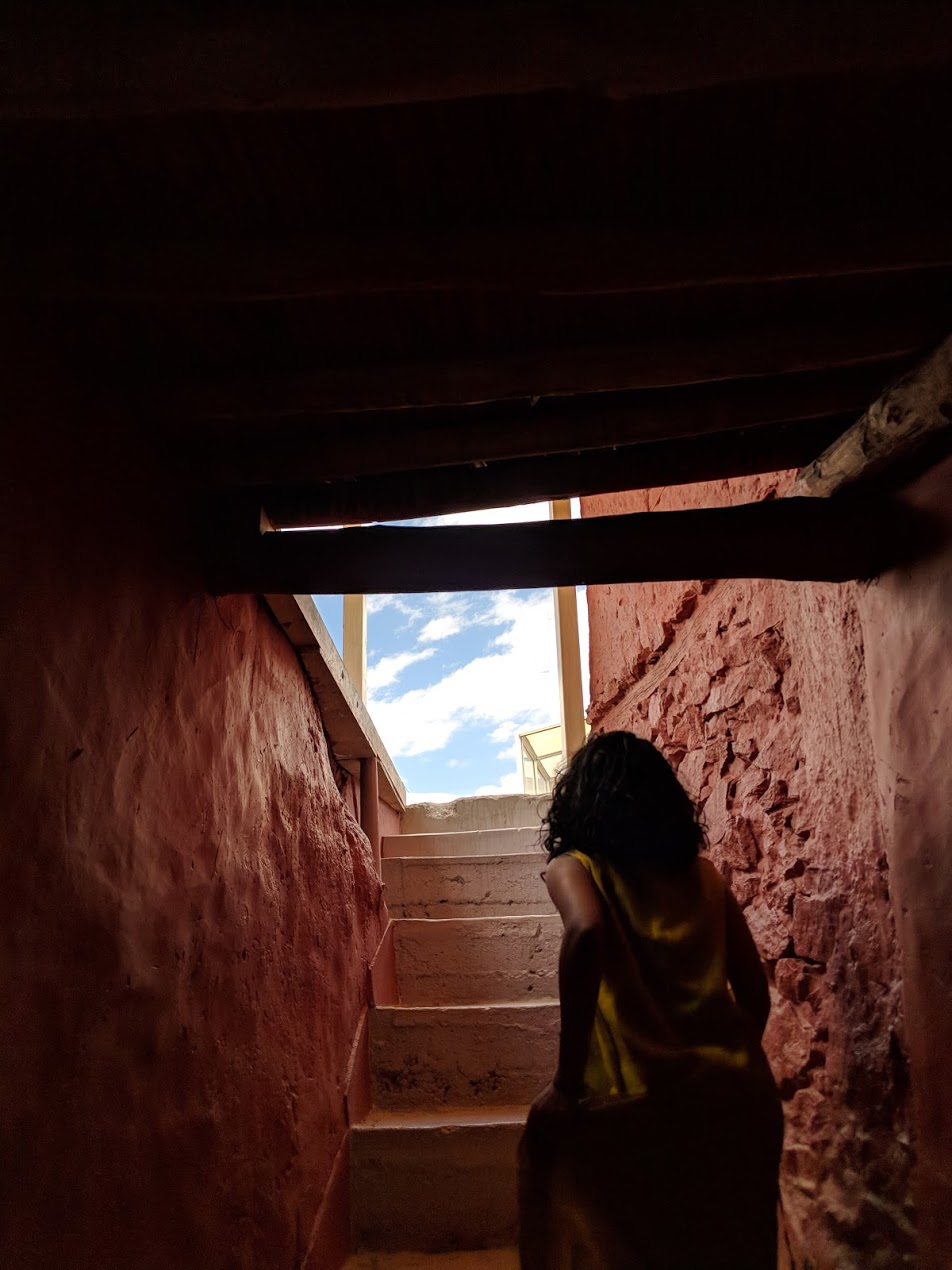
By Google LLC
What makes the Pixel camera stand out? What technologies are used?
Just take a photo on a Pixel and you’ll easily to see what makes it so good – it’s low light and dynamic range. We really strive to make the little smartphone-size sensor and lens in Pixel take pictures like the big sensor and lens in a DSLR. To do this, we use image stacking. It’s similar to what a photographer might do in Photoshop, but Pixel uses a sophisticated algorithm that works automatically. It’s called HDR+. Each image on Pixel is composed of up to 10 individual images in a raw format captured in succession over about one-half second.
The software scans each of these images, splits them into tiny units, and then analyzes and stacks them together. In this analysis, for example, parts of the subject that have moved between the individual shots can be tracked and reassembled in one place. This way they are sharp and without distortion on the finished image, and it provides great low-light performance (because we’re effectively using a 10x longer exposure).
Because image stacking provides great low-light performance, we’re able to underexpose each picture and then, after stacking, raise the shadows to look normal. This ensures we also capture the highlights and provide great dynamic range, just like a DSLR.
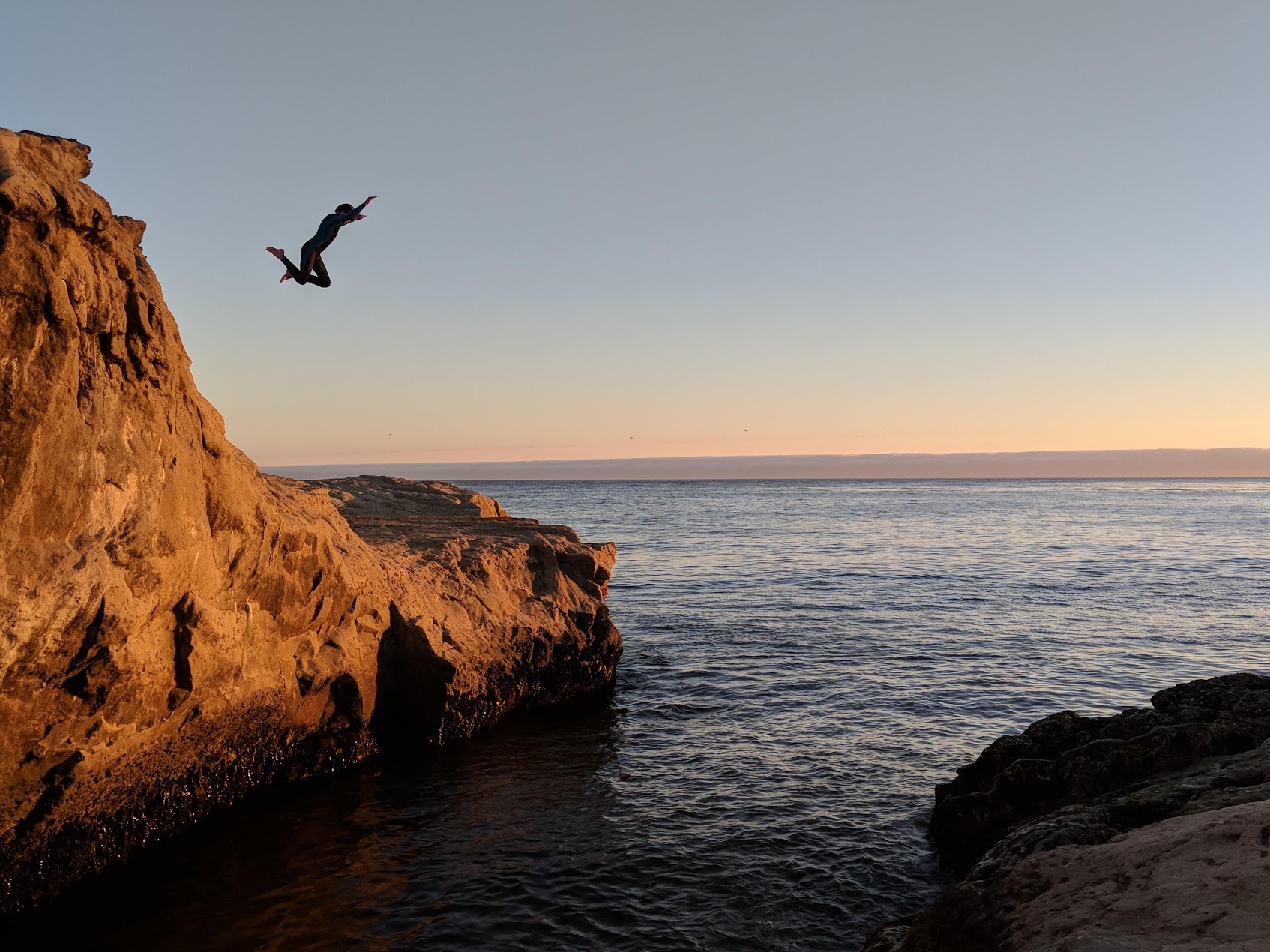
By Google LLC
How advanced do you feel smartphone cameras have become over the past few years?
Smartphone cameras are dramatically more advanced now than they were even two years ago – imagine that smartphone cameras were barely used even 8 years ago and you can see how far the world has come. Smartphones have almost as much processing power now as many modern laptop computers, and photography is the biggest and hungriest thing we do with our phones.
I’d compare it to the 1990s supercars were very simple, with unassisted brakes, steering, and clutch, but modern supercars almost 30 years later depend on gasoline-electric engines and aerodynamic surfaces that change shape all the time. Smartphone cameras have changed virtually the same amount – an incredible change – but in just the last 5 years or so rather than 30.
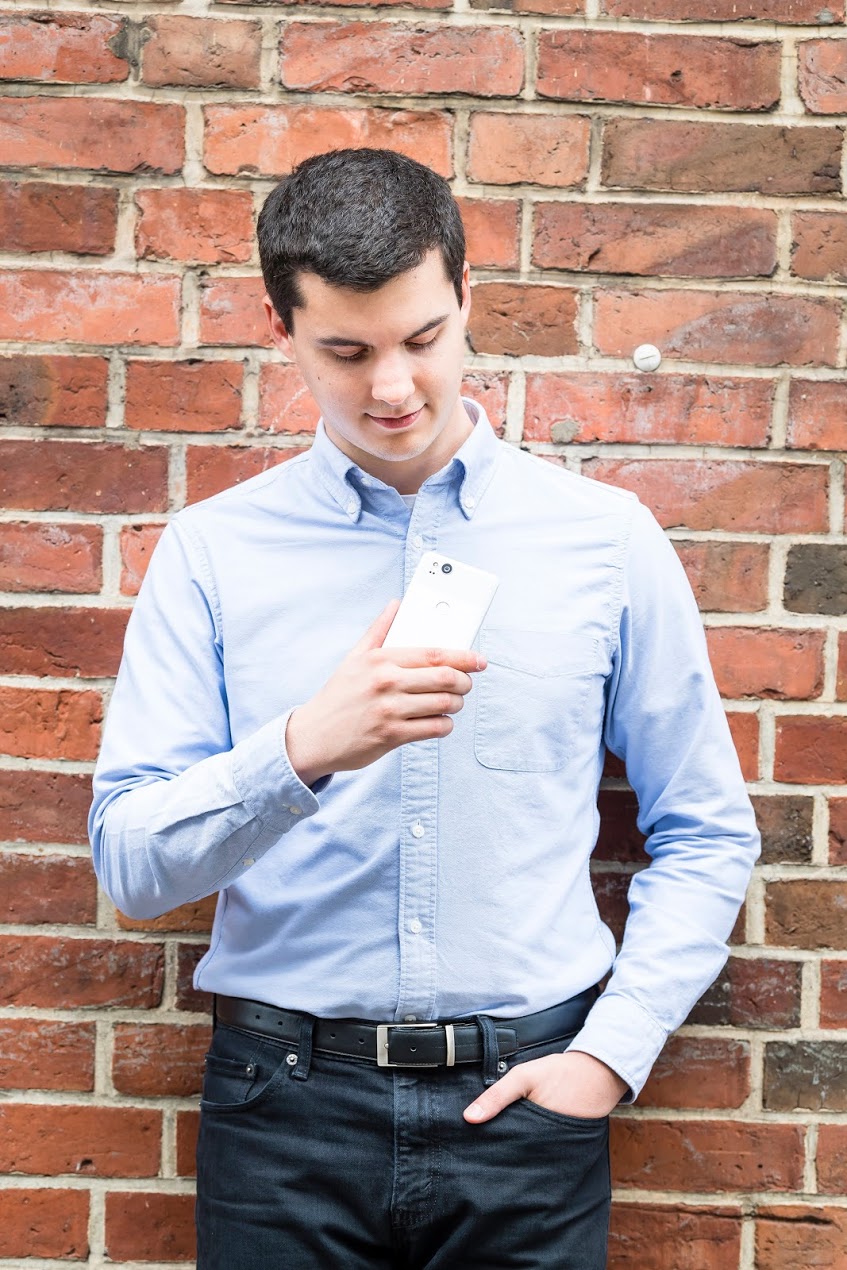
By Ulrich Schaarschmidt/Google LLC
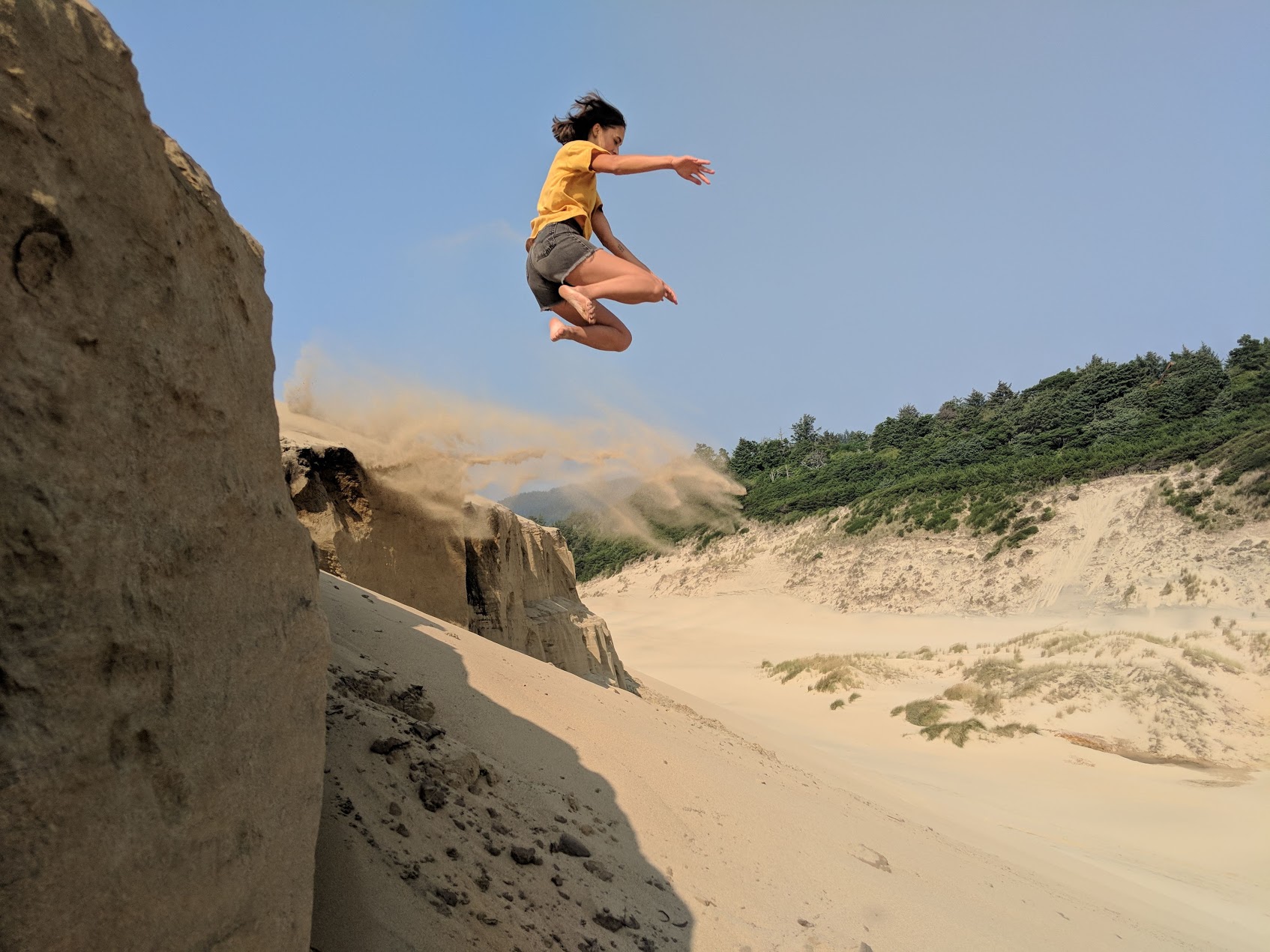
By Google LLC
Google has put a large emphasis on portrait mode. How come?
Most people, even those who aren’t photographers, know that creamy bokeh, especially in a portrait, looks great and means high quality and professionalism. You can’t exactly strap an 85mm f/1.4 lens to a smartphone, though, so we had to find a way to do it differently.
The obvious solution given available research was a dual-camera solution, but that wouldn’t let us provide portrait bokeh on both Pixel 2 and Pixel 2 XL, or on both front and back cameras – so we chose a software solution instead. Google is traditionally a software company, and we’re very good at image processing, so we wanted to try something else. We trained a machine learning model on almost a million images to recognize what a person looks like. Once we find all the people in the image, we blur everything other than that person, simulating the way the world’s highest-quality lenses do it.
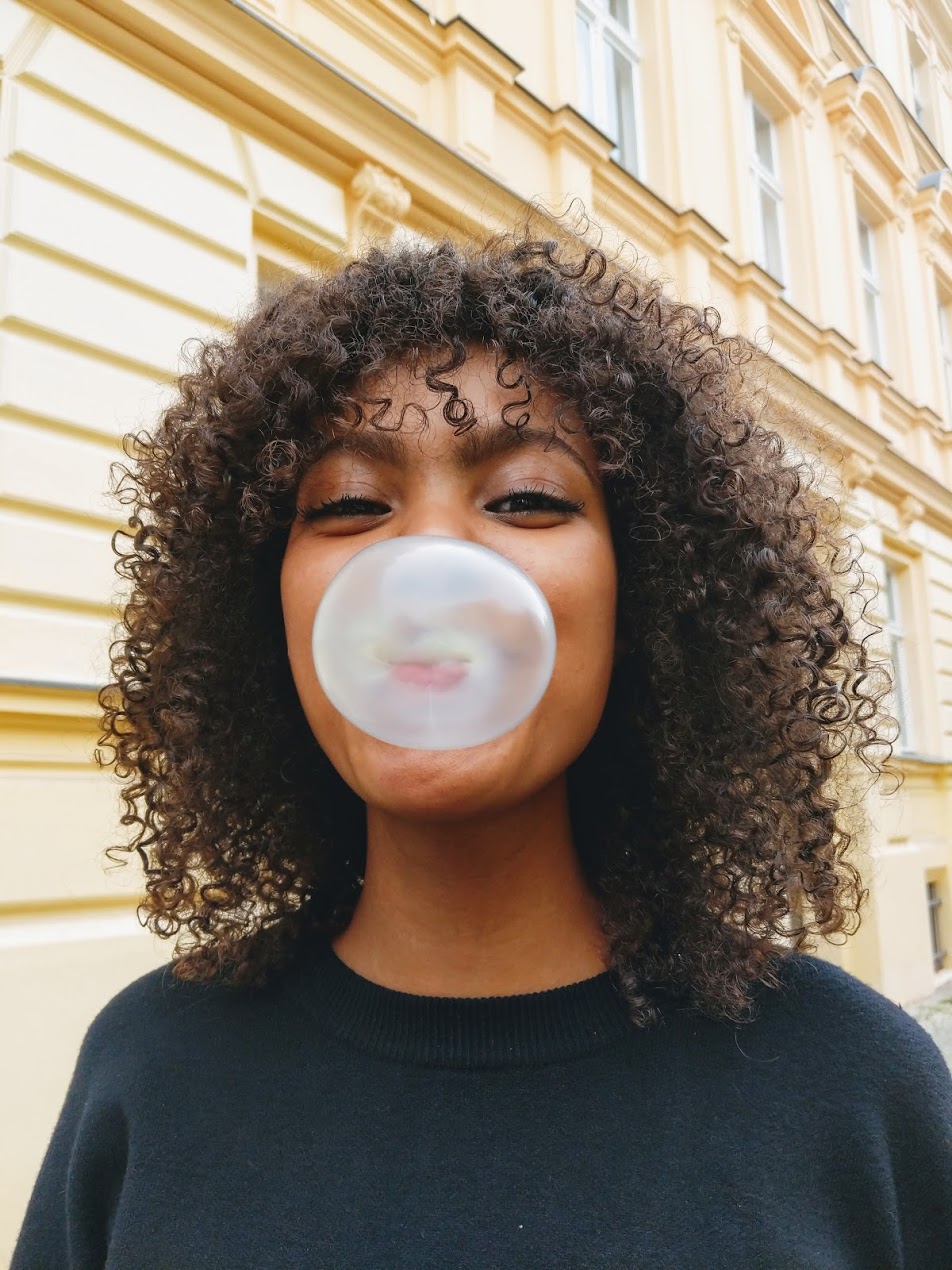
By Google LLC

By Google LLC

By Google LLC
In your opinion, what makes a good portrait?
People. We know that the most important thing is capturing the right smile, pose, or mood, so Pixel is always fast and consistent above all else. The camera is designed to have zero shutter lag, so you get the picture exactly when you press the shutter (other cameras may take 10-200ms to take the picture after you press the shutter) – exactly when you see that perfect smile. With Pixel, you as the photographer have full control over capturing the perfect moment.

By Google LLC
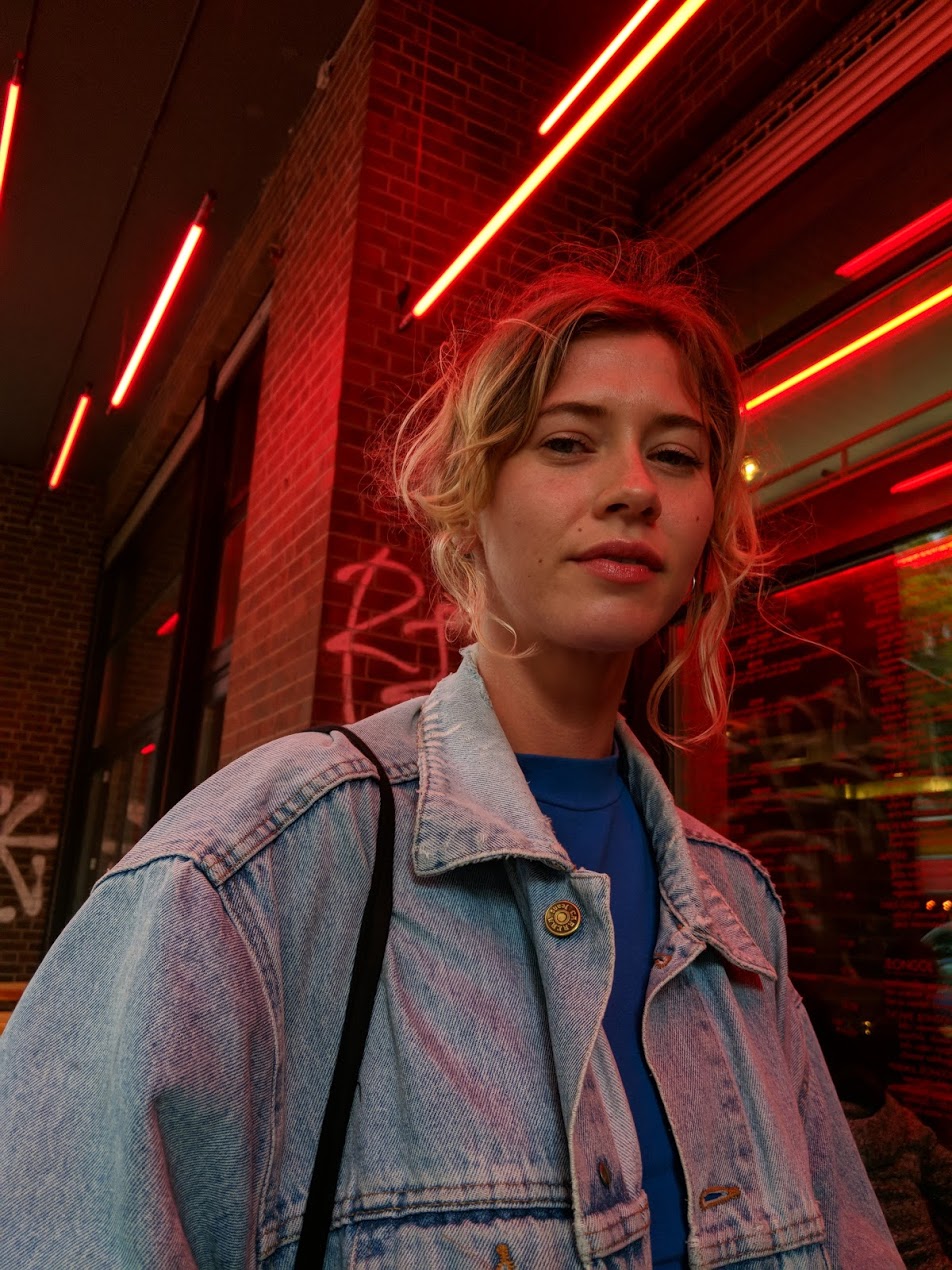
By Google LLC
“With Pixel, you as the photographer have full control over capturing the perfect moment.”
After that, Pixel provides the quality. Portrait mode simulates a DSLR – there’s a little zoom, beautiful bokeh, and you can even enable face retouching. We consulted with wedding photographers on the face retouching feature because we wanted to have that same professional look.
All this gives you, as the photographer, the latitude to choose your lighting, mood, moment, and scene. Pixel does well with low light, backlight, complex scenery, zoom, and all kinds of conditions. All this tech is focused on letting you take the picture of the right moment, even if it’s tricky lighting conditions.
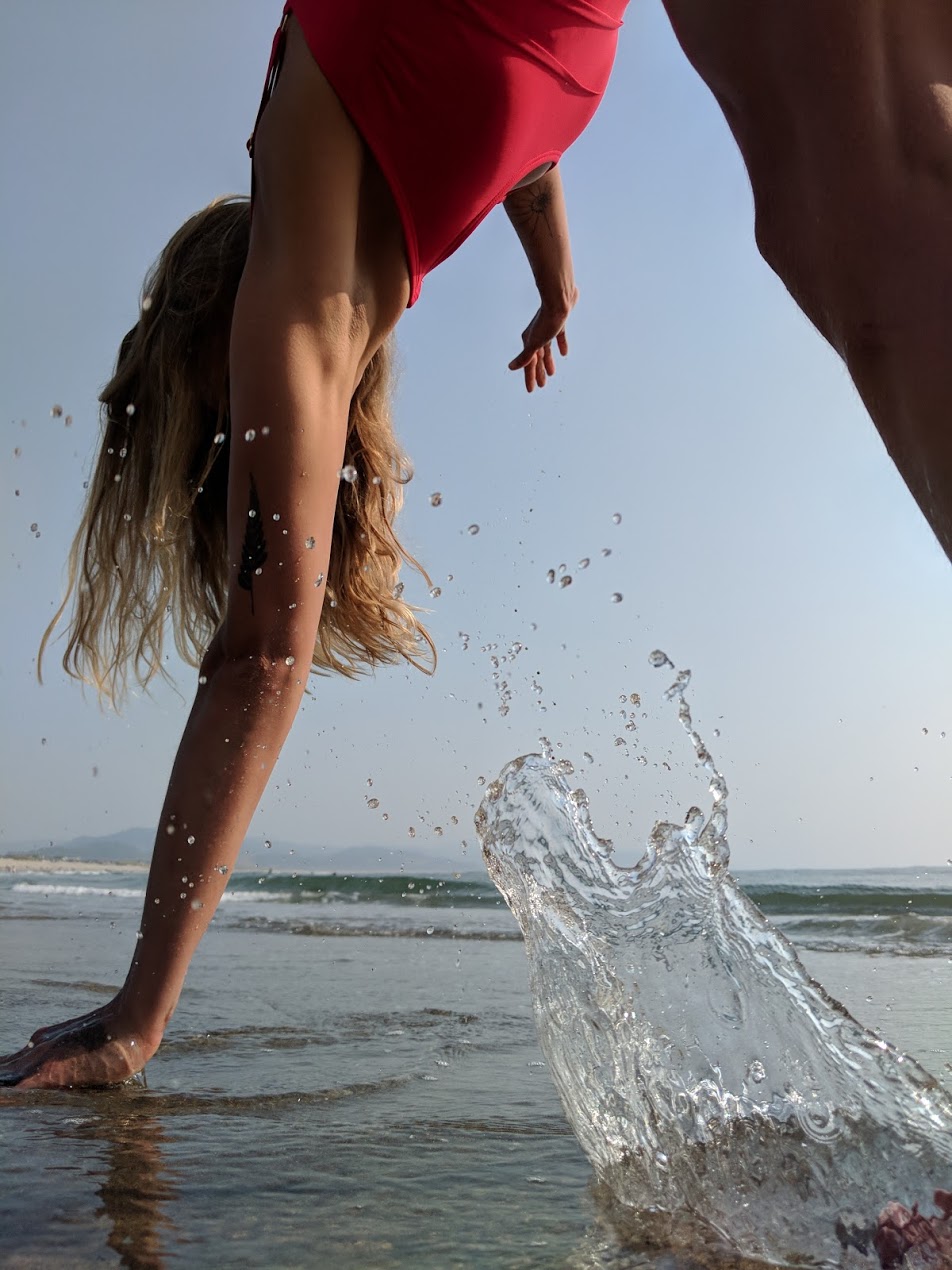
By Google LLC
What additional camera features would you like to see introduced into smartphones?
There are too many exciting possibilities to count. We’re only starting to see what cameras can do that DSLRs and other traditional cameras can’t thanks to the tight integration with software. Time will tell! When I travel, even if I have a DSLR with me, I often use Pixel for backlit scenes because the dynamic range I get from a Pixel image is better than I’d get from a RAW image on my DSLR.
“We’re at the point now where smartphone cameras aren’t just trying to copy DSLRs; there are things we can do differently and better.”
Portrait is a great example: if you have multiple people in your portrait, some nearer than others, Pixel keeps everyone sharp, where a physical lens would force everything off the focus plane to be blurry.
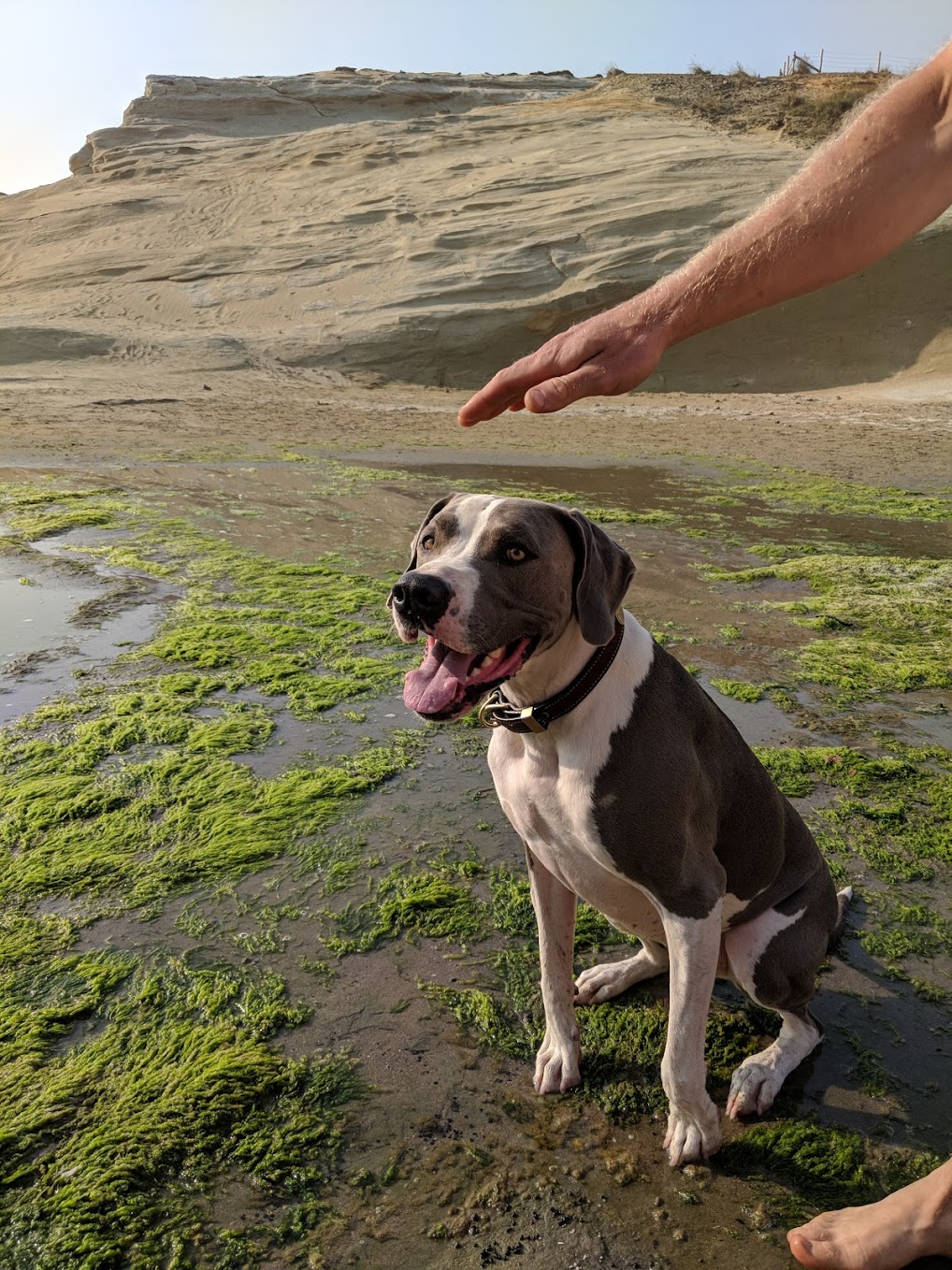
By Google LLC
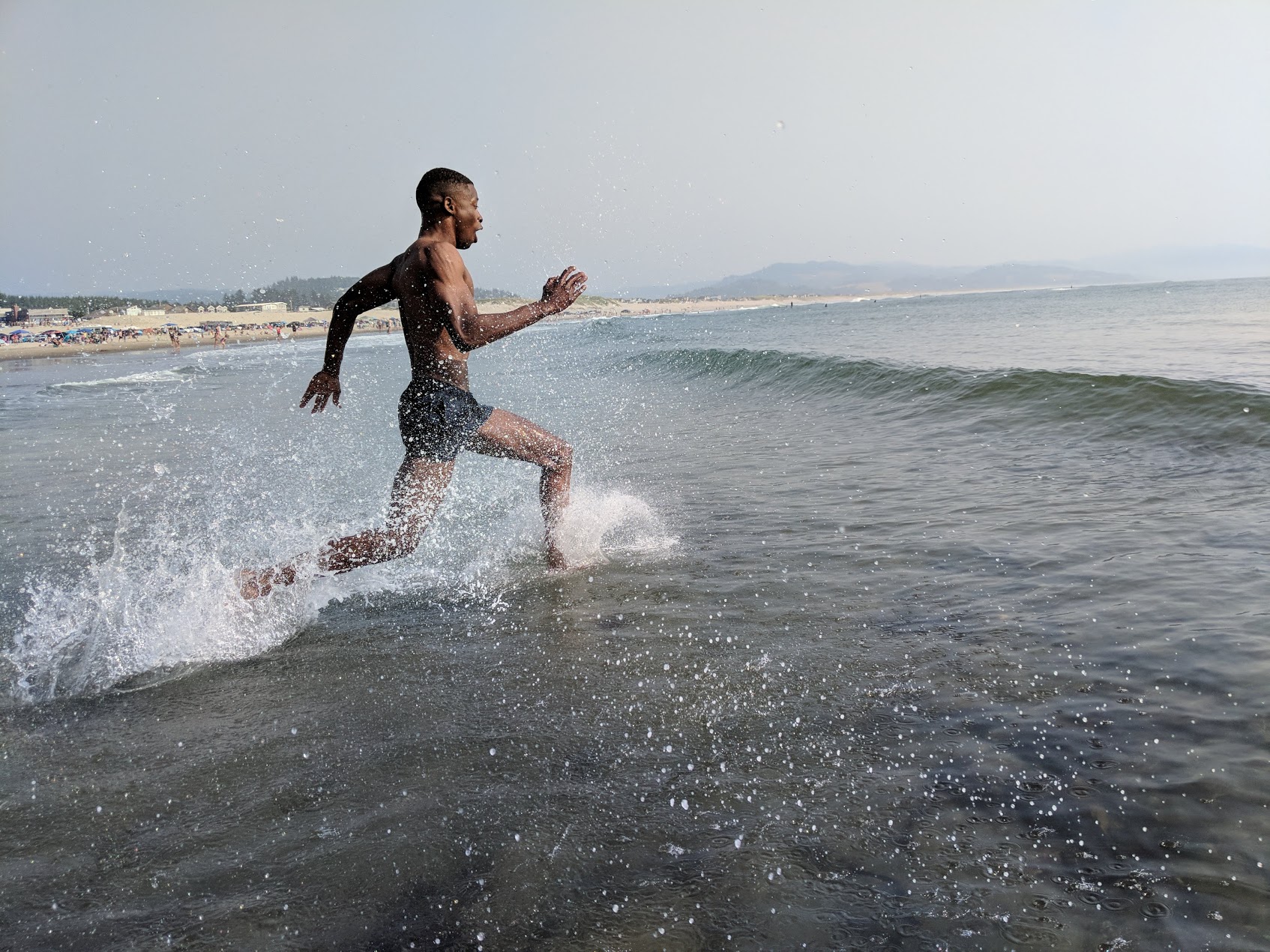
By Google LLC
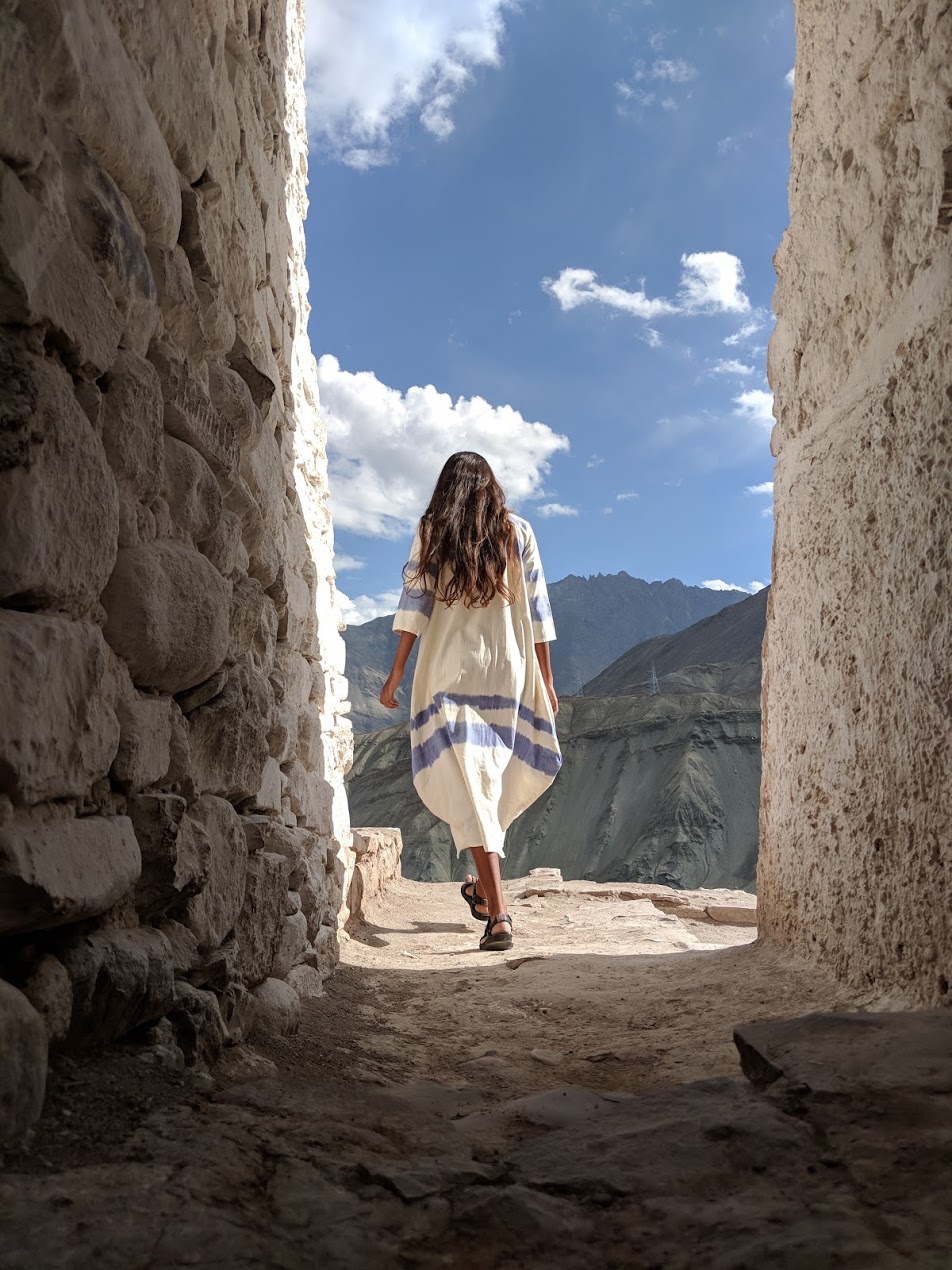
By Google LLC
What’s the last photographic work that really inspired you?
While in Hamburg recently I visited the World Press Photo exhibition which was in town at the time and I found this photo showing the aftermath of the violence we see in the world today. The photo sticks with me because of how much it looks like a smartphone photo; it uses a similar focal length to most smartphones, and I had to double-check to confirm it wasn’t.
The familiar focal length made the violence feel more real, like something I could have been involved in and a picture any of my friends could have taken. The picture makes me feel more connected to the community around me, and also makes me wonder how smartphone photography will affect not only casual photography, but increasingly press and fine art photography in the future.
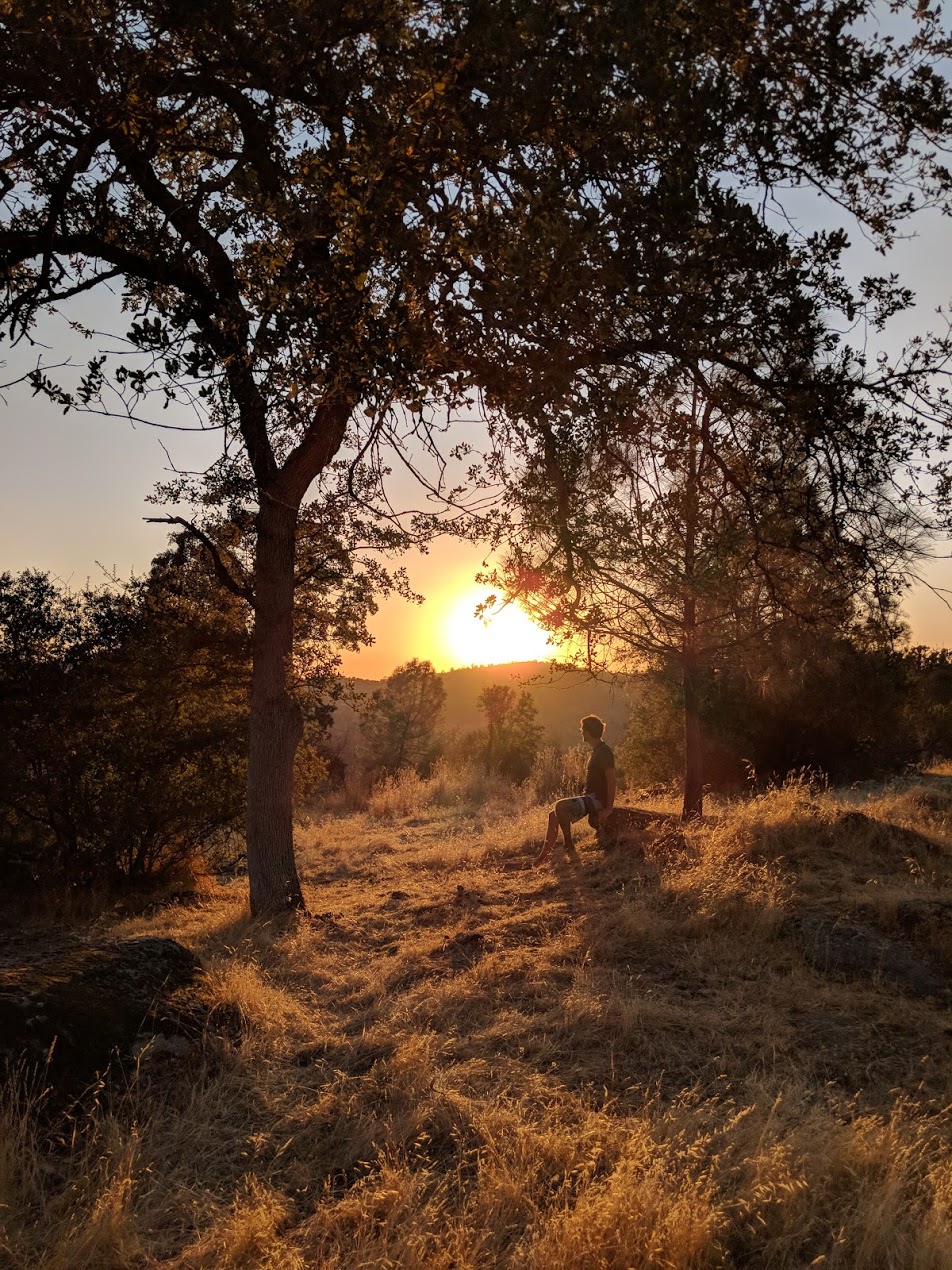
By Google LLC
If you want to learn more about Google Pixel 2, click here. The best portraits bring a subject’s expressions to life in a single snapshot, capturing their most authentic mood and emotion. For a chance to get your hands on a Google Pixel 2 device, submit your work to The Portraitist now!
